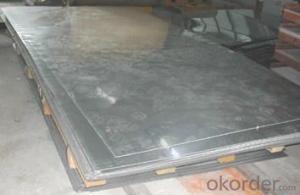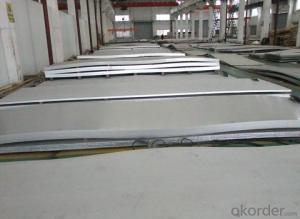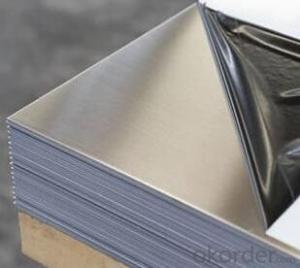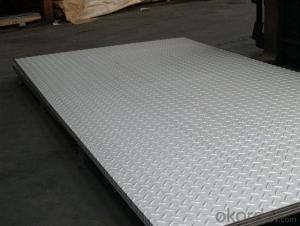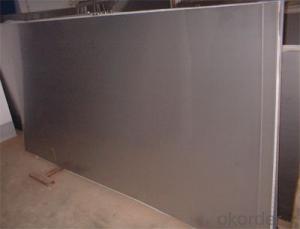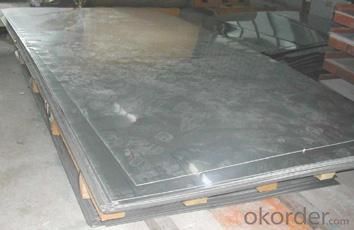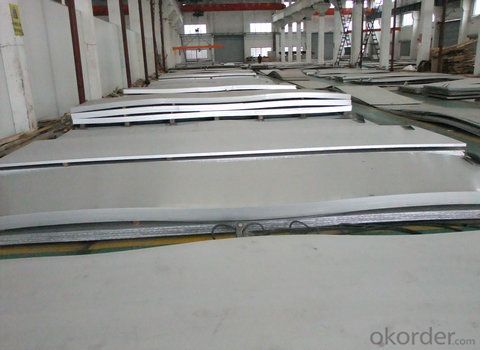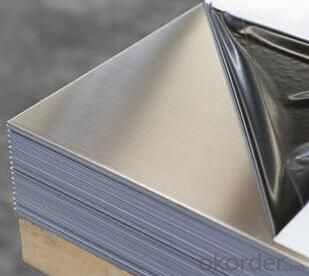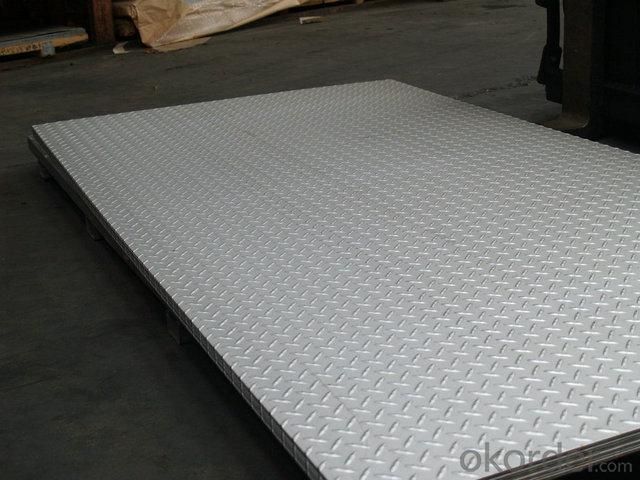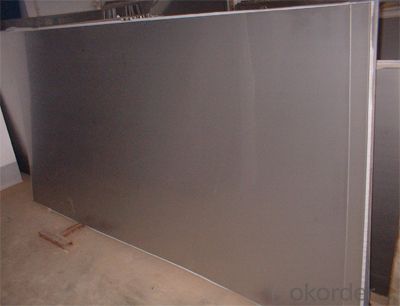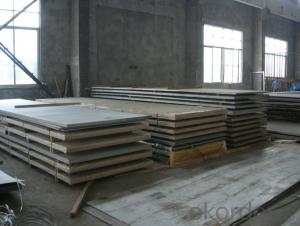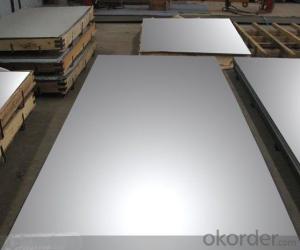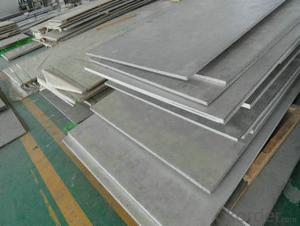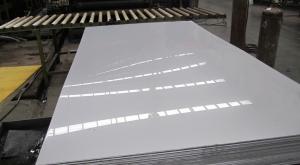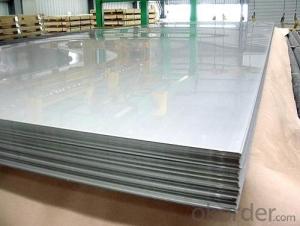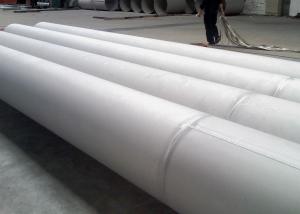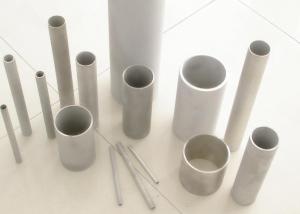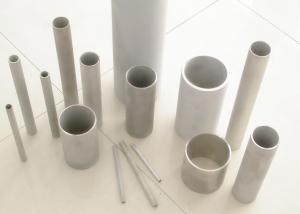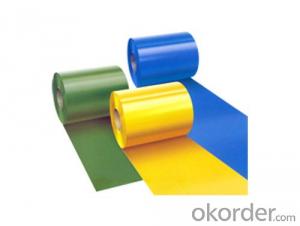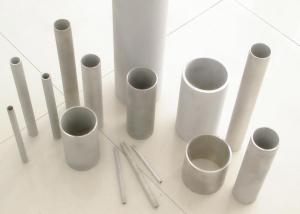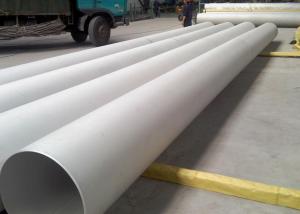Stainless steel plate/sheet 304,201,202,310S,309S,316L,321,304L,410,420,444
- Loading Port:
- Shanghai
- Payment Terms:
- TT OR LC
- Min Order Qty:
- 500 m.t
- Supply Capability:
- 5000000 m.t/month
OKorder Service Pledge
OKorder Financial Service
You Might Also Like
Stainless steel plate/sheet
304,201,202,310S,309S,316L,316Ti,321,304L,410,420,430,444,443,409L,904L
| Description | steel sheet,hot rolled steel sheet,cold rolled steel sheet, steel sheet,sheet,steel plate |
| Standard | ASME, ASTM, EN ,BS,GB,DIN, JIS etc |
| Application | Steel sheet applies to construction field, ships building industry, petroleum & chemical industries, war and electricity industries, food processing and medical industry, boiler heat exchanger, machinery and hardware fields. |
| Packaging | Standard export sea-worthy packing |
| Delivery time | 10-30 days |
| Note | Our company has cooperative relation between the domestic agents. Stainless steel sheet can be made accordingto the customers requirements. Fasten delivery. Quality assured. |
| Quality | No.1 |
| Productivity | 1200ton/day |
| Contacts | If you have any question,please feel free contact me. |
Stainless steel sheet surface finish characteristics
| Surface finish | Characteristics and application |
| 2B | The surface brightness and flatness of no2B is better than no2D. then through a special surface treatment to improve its mechanical properties,No2B could nearly satisfy comprehensive uses. |
| No.1 | Polished with abrasive belt of grit#100-#200, have better brightness with discontinuous coarse stria, used as inner and external ornaments for building, electrical appliances and kitchen utensils etc. |
| No.4 | Polished with abrasive belt of grit #150-#180,have better brightness with discontinuous coarse stria, but thinner than No3, are used as bathtub buildings inner and external ornaments electrical appliances kitchen utensils and food processing equipment etc. |
| HL | Polished with abrasive belt of grit #150-#320 on the NO.4 finish and has continuous streaks, mainly used as buildings ornaments elevators, door of building, frontal plate etc. |
| BA | Cold rolled, bright annealed and skin-passed, the product have excellent brightness and good reflexivity like mirror, kitchen apparatus, ornament etc. |
| 8K |
Product Shows :
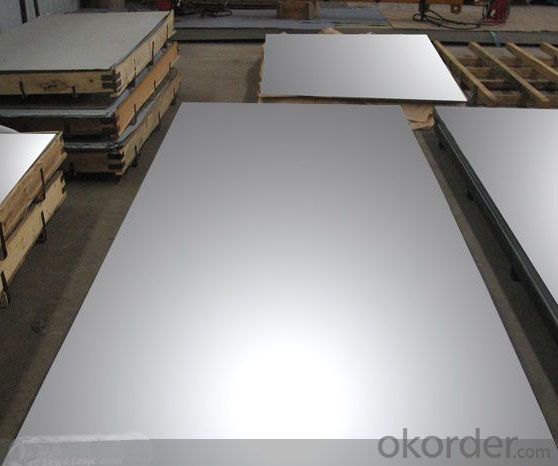
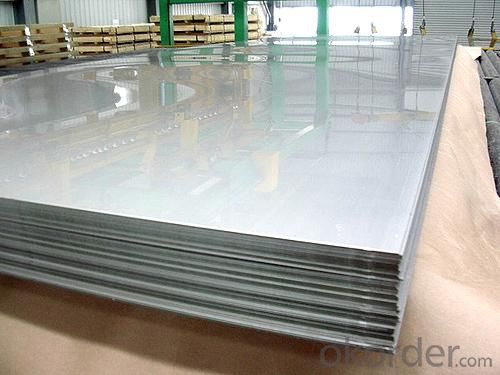
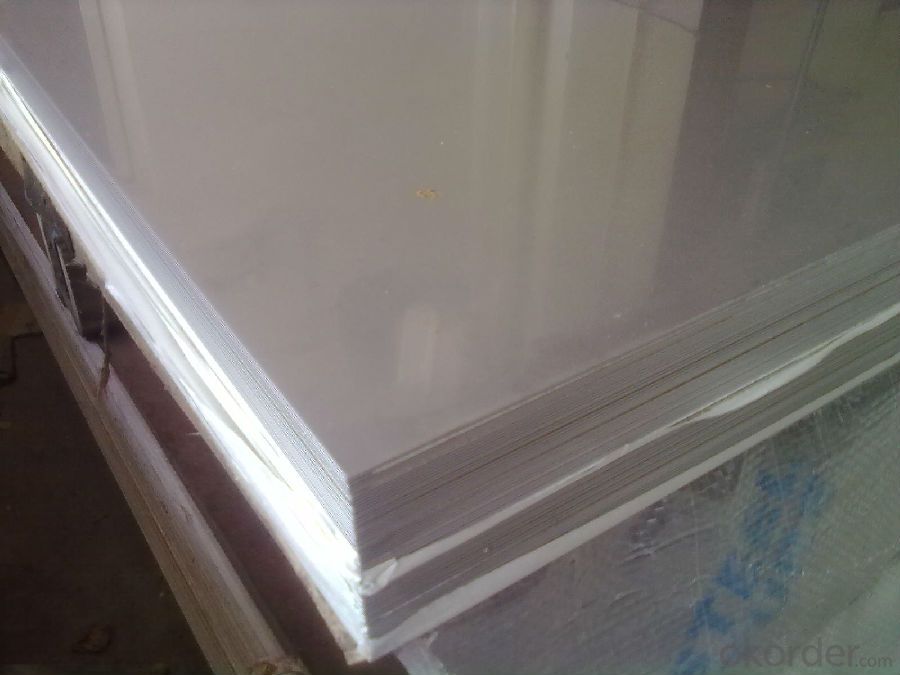
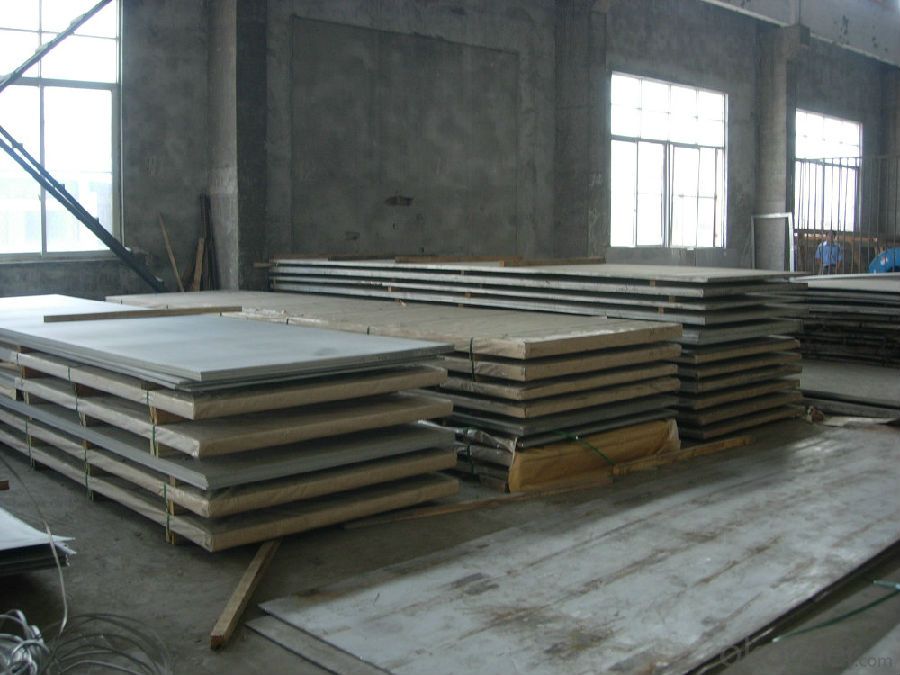
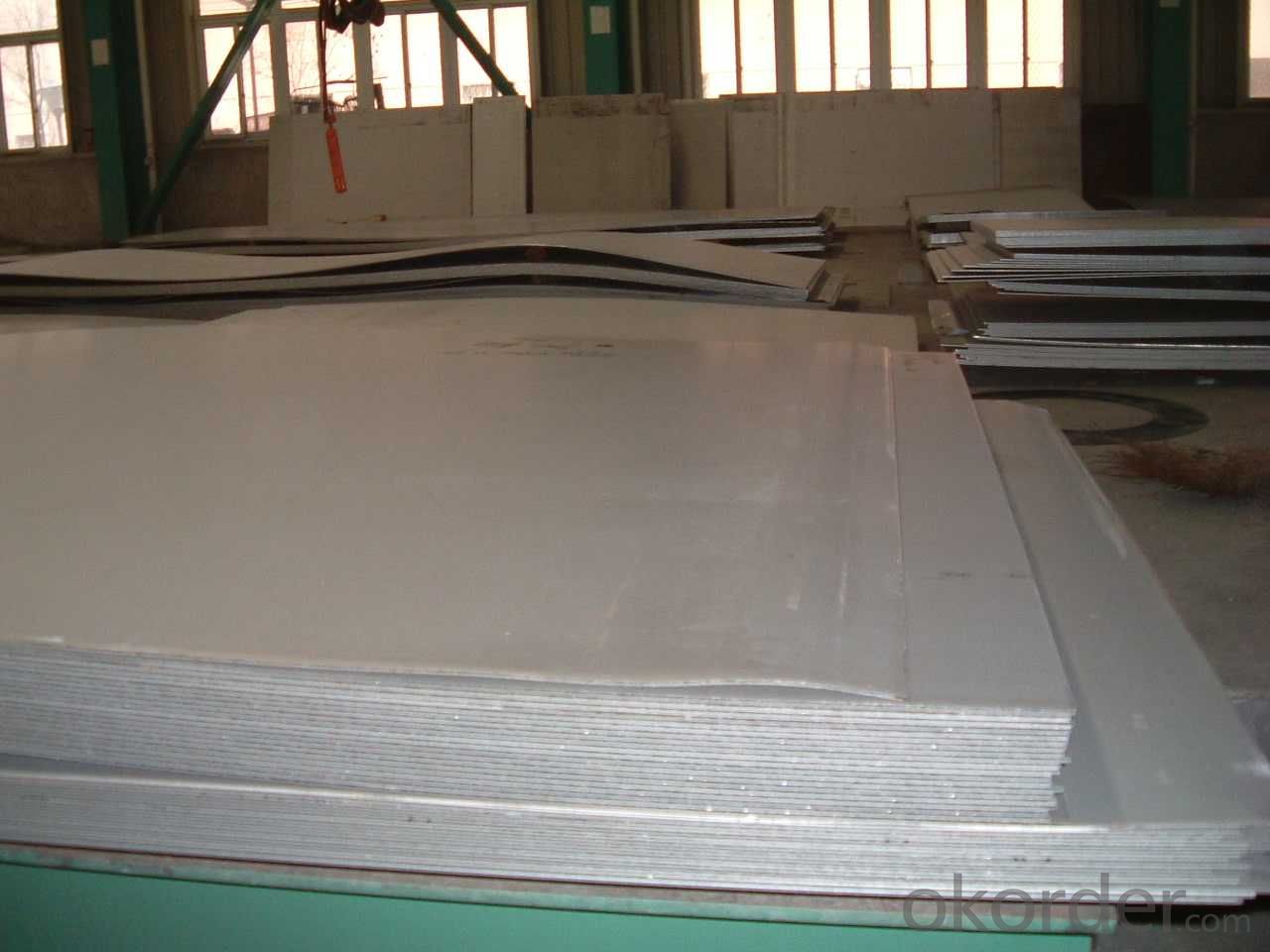
Application :
•Escalator, Elevator, Doors
•Furniture
•Production tools, Kitchen appliances, freezers, cold rooms
•Auto Parts
•Machinery and Packaging
•Equipment and Medical devices
•Transport system
Packaging and Loading
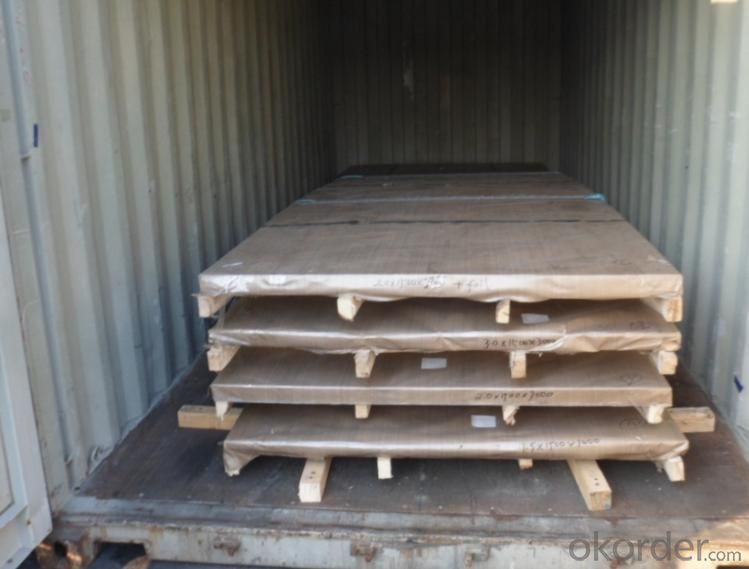
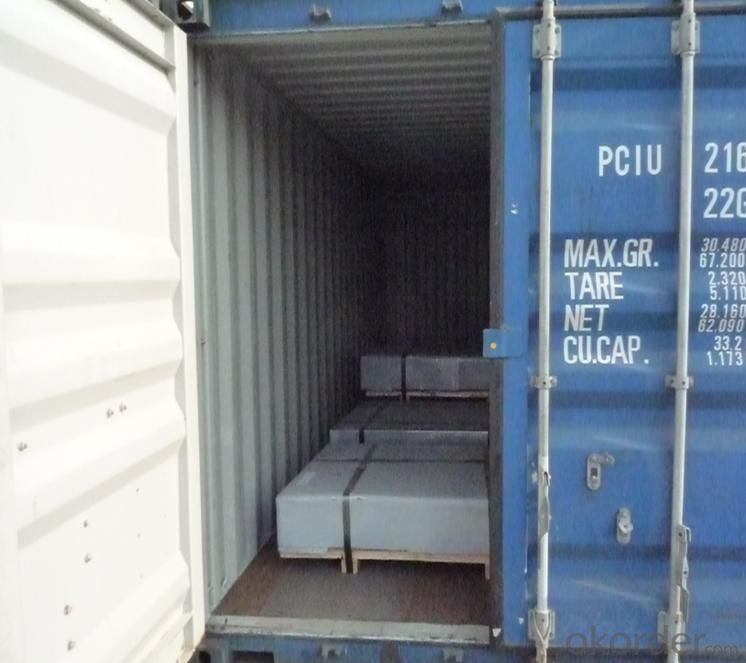
- Q: What are the benefits of using textured stainless steel sheets in decorative lighting fixtures?
- There are several benefits of using textured stainless steel sheets in decorative lighting fixtures. Firstly, textured stainless steel sheets add a unique and visually appealing element to the lighting fixture. The texture creates depth and dimension, making the fixture stand out and become a focal point in any space. Whether it is a hammered, brushed, or embossed texture, it adds a touch of elegance and sophistication to the overall design. Secondly, stainless steel is a durable and long-lasting material. It is resistant to corrosion, rust, and damage caused by moisture or humidity. This makes it an ideal choice for lighting fixtures, especially in outdoor or high-moisture environments. The textured surface also helps to hide any potential scratches or marks that may occur over time, ensuring a consistently attractive appearance. Additionally, stainless steel is easy to clean and maintain. The smooth surface of the textured stainless steel sheets allows for easy removal of dirt, fingerprints, and other smudges, making it effortless to keep the lighting fixture looking polished and clean. Furthermore, stainless steel has excellent light reflectivity properties. The textured surface can enhance the way light is dispersed, creating interesting patterns and shadows. This can add a unique ambiance to the surrounding area and create a visually stunning effect. Lastly, stainless steel is a sustainable and eco-friendly material. It is 100% recyclable, making it an environmentally responsible choice for lighting fixtures. By using textured stainless steel sheets, we can contribute to reducing our carbon footprint and promoting a greener future. In conclusion, the benefits of using textured stainless steel sheets in decorative lighting fixtures are numerous. They add a visually appealing element, are durable and long-lasting, easy to clean and maintain, have excellent light reflectivity properties, and are environmentally friendly. These advantages make textured stainless steel sheets an excellent choice for creating stunning and sustainable lighting fixtures.
- Q: What is the price per square foot for stainless steel sheets?
- The price per square foot for stainless steel sheets can vary depending on various factors such as the grade, thickness, finish, and supplier. On average, stainless steel sheets can range from $3 to $10 per square foot. However, high-quality and specialty stainless steel sheets can be priced higher, reaching up to $20 or more per square foot. It is important to consider these factors and shop around to find the best price for your specific requirements.
- Q: What are the different types of stainless steel sheet finishes for architectural applications?
- Architectural applications often utilize different types of stainless steel sheet finishes to enhance appearance and protect against corrosion and wear. 1. The most commonly used stainless steel sheet finish is No. 1, also known as "hot rolled annealed and pickled." This finish involves hot rolling the sheet, resulting in a rough, dull surface. It is then annealed and pickled to remove impurities, leaving a clean and uniform surface. 2. No. 2B Finish is achieved by cold rolling the sheet after annealing and pickling. This creates a smooth, reflective surface with a slight grainy texture. It is preferred for applications requiring high corrosion resistance and a polished appearance. 3. No. 4 Finish, also called "brushed finish," is accomplished by mechanically polishing the sheet with abrasive belts or brushes. This produces a satin-like look with fine parallel lines. No. 4 finish is commonly used for decorative purposes in architectural applications such as wall panels, elevator interiors, and column covers. 4. No. 8 Mirror Finish is achieved by mechanically polishing the sheet to create a highly reflective, mirror-like surface. It offers a bright appearance and is often used for decorative applications like wall cladding, signage, and decorative trim. 5. Bead Blasted Finish involves blasting the sheet with fine glass beads to create a textured, matte surface. This finish provides a unique aesthetic and is commonly used when a non-reflective, tactile surface is desired, such as in elevator doors, handrails, and countertops. 6. Patterned Finishes are created by embossing or etching the sheet with various patterns or textures. This adds visual interest to architectural applications, commonly used for wall panels, ceiling tiles, and decorative screens. These are just a few examples of the most commonly used stainless steel sheet finishes in architectural applications. Each finish offers distinct aesthetic and functional characteristics, allowing architects and designers to select the most suitable finish for their specific project requirements.
- Q: Are stainless steel sheets suitable for industrial applications?
- Yes, stainless steel sheets are highly suitable for industrial applications. Stainless steel is a versatile and durable material that offers several key advantages for industrial use. Firstly, stainless steel is corrosion-resistant, making it ideal for industries that involve exposure to moisture, chemicals, or corrosive substances. It can withstand extreme temperatures, both high and low, without losing its strength or structural integrity. Stainless steel is also highly hygienic, making it suitable for industries such as food processing, pharmaceuticals, and medical equipment. Additionally, stainless steel sheets are known for their excellent strength-to-weight ratio, making them ideal for structural applications in industries such as construction, automotive, and aerospace. They can be easily formed, welded, and fabricated to meet specific requirements. Overall, stainless steel sheets offer a combination of strength, durability, corrosion resistance, and versatility, making them highly suitable for a wide range of industrial applications.
- Q: Can stainless steel sheets be used for architectural railings?
- Indeed, architectural railings can make use of stainless steel sheets. Due to its durability, resistance to corrosion, and pleasing appearance, stainless steel is widely chosen as a material for architectural railings. One advantage is that stainless steel sheets can be specifically tailored and molded into diverse sizes and designs to meet the precise demands of each architectural railing project. Moreover, stainless steel sheets offer various finishing options, including brushed, polished, or textured, allowing for the desired visual effect to be achieved. All in all, stainless steel sheets are a dependable and adaptable option for architectural railings, offering both practicality and aesthetic allure.
- Q: What are the common uses of stainless steel sheets in the food industry?
- Due to their numerous beneficial properties, stainless steel sheets find wide application in the food industry. Food processing equipment is a common use for these sheets in this industry. Machines like mixing tanks, conveyors, and food processing tables are fabricated using these sheets. The preference for stainless steel sheets in this regard is due to their resistance to corrosion, ease of cleaning, and non-reactivity with food substances, which ensures the safety and hygiene of the food. Another prevalent use of stainless steel sheets in the food industry is for food storage and transportation. Containers, tanks, and barrels used for storing and transporting food products are often manufactured using stainless steel sheets. The corrosion resistance of stainless steel guarantees the protection of the food from contamination and spoilage during storage and transportation. Kitchen equipment in the food industry also heavily relies on stainless steel sheets. Countertops, sinks, and cabinets are frequently made from these sheets because of their durability, heat resistance, and ease of cleaning. These qualities make stainless steel sheets ideal for use in food preparation areas where maintaining hygiene is of utmost importance. Furthermore, stainless steel sheets are utilized in the construction of food service equipment, such as ovens, grills, and refrigerators. These sheets play a crucial role in maintaining the desired temperature and preventing the growth of bacteria, ensuring that the food served is safe and of high quality. In conclusion, stainless steel sheets are widely used in the food industry for various purposes, including food processing equipment, food storage and transportation, kitchen equipment, and food service equipment. Their corrosion resistance, easy maintenance, and ability to uphold hygiene standards make them an ideal choice for various applications in the food industry.
- Q: What are the benefits of using brushed stainless steel sheets?
- Using brushed stainless steel sheets has several advantages. To begin with, their sleek and attractive appearance makes them a popular choice for appliances, countertops, and backsplashes. The brushed finish adds a unique texture and matte appearance, bringing sophistication to any space. Additionally, brushed stainless steel sheets are highly durable and resistant to corrosion, making them suitable for indoor and outdoor use. They can withstand harsh conditions such as chemicals, moisture, and extreme temperatures. Moreover, their brushed finish helps to hide fingerprints, smudges, and scratches, making them easy to clean and maintain. Furthermore, brushed stainless steel sheets are hygienic and inhibit bacteria growth, making them ideal for the food and medical industries. Their smooth surface allows for easy cleaning and disinfection, ensuring a safe and sanitary environment. Moreover, these sheets offer excellent longevity and are a cost-effective investment. They resist wear and tear, maintaining their appearance for many years without the need for replacement. Lastly, brushed stainless steel sheets are versatile and can be customized to fit different design preferences. They can be easily cut, shaped, and formed into various sizes and shapes, allowing for endless design possibilities. Whether you prefer a modern, industrial look or a more traditional and elegant style, brushed stainless steel sheets can be tailored to meet your specific needs. In conclusion, the use of brushed stainless steel sheets offers benefits such as an attractive appearance, durability, corrosion resistance, hygienic properties, longevity, and versatility. Whether used in residential, commercial, or industrial settings, these sheets provide a wide range of advantages, making them a popular choice for various applications.
- Q: Are stainless steel sheets resistant to UV rays?
- Yes, stainless steel sheets are resistant to UV rays. Stainless steel is known for its durability and corrosion resistance, and this extends to its ability to withstand exposure to UV rays. The chromium content in stainless steel forms a protective oxide layer on the surface, which helps prevent the metal from oxidizing or corroding when exposed to sunlight. This oxide layer acts as a barrier that shields the stainless steel from UV rays, making it highly resistant to the damaging effects of prolonged sun exposure. Therefore, stainless steel sheets are an excellent choice for outdoor applications where UV resistance is a requirement, such as roofing, cladding, and architectural elements.
- Q: What is the difference between stainless steel sheets and regular steel sheets?
- The main difference between stainless steel sheets and regular steel sheets is that stainless steel is an alloy that contains a minimum of 10.5% chromium, which gives it its unique corrosion-resistant properties. Regular steel, on the other hand, does not contain enough chromium to be considered stainless and is more prone to rust and corrosion. Stainless steel sheets are also typically more expensive than regular steel sheets due to their enhanced durability and resistance to corrosion.
- Q: What are the common sizes and thicknesses available for stainless steel sheets?
- Common sizes for stainless steel sheets range from 4 feet by 8 feet to 5 feet by 10 feet, although custom sizes can also be produced. The thicknesses typically vary from 0.4mm to 6mm, with the most commonly used thicknesses being 0.8mm, 1mm, 1.2mm, and 1.5mm.
Send your message to us
Stainless steel plate/sheet 304,201,202,310S,309S,316L,321,304L,410,420,444
- Loading Port:
- Shanghai
- Payment Terms:
- TT OR LC
- Min Order Qty:
- 500 m.t
- Supply Capability:
- 5000000 m.t/month
OKorder Service Pledge
OKorder Financial Service
Similar products
Hot products
Hot Searches
Related keywords
